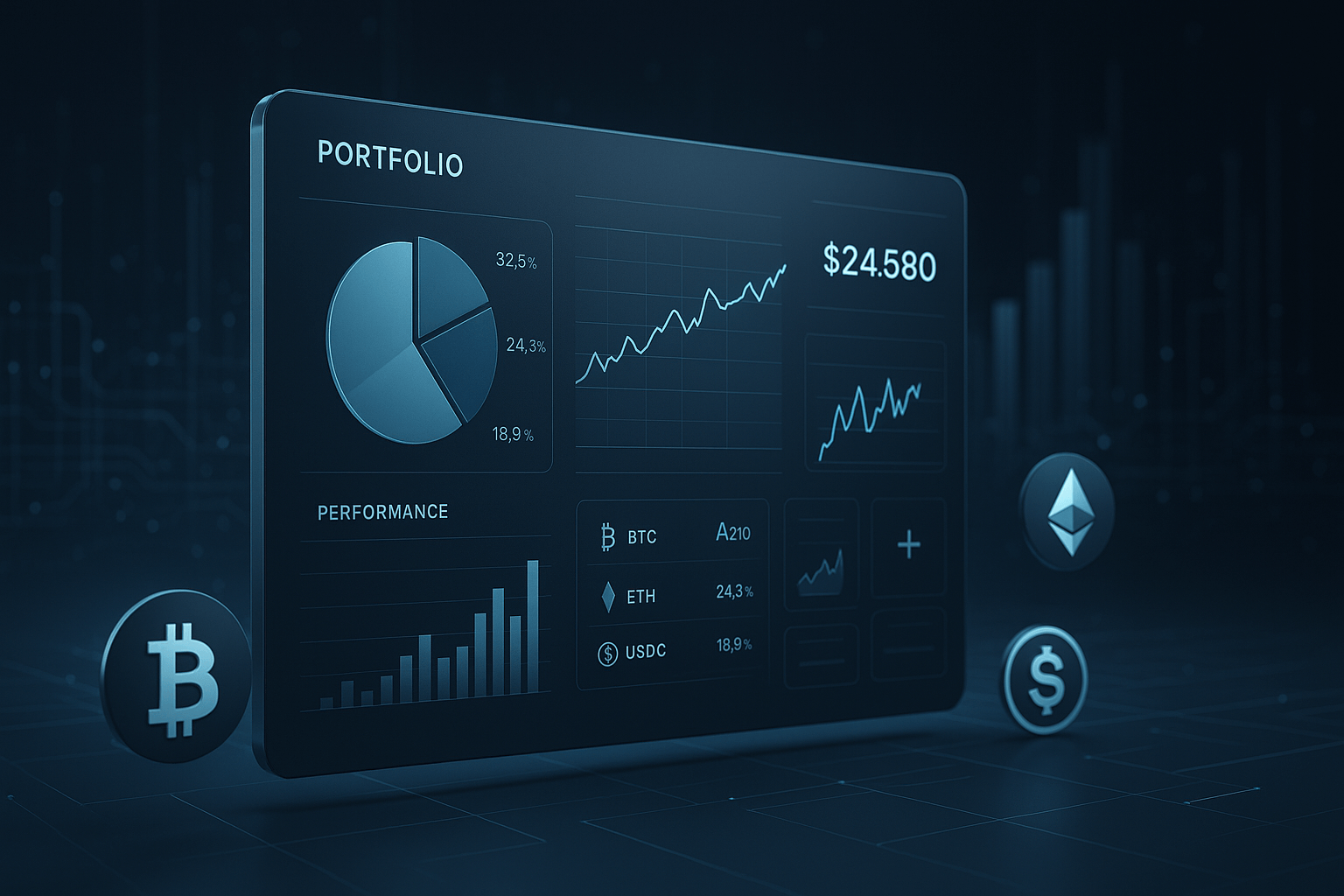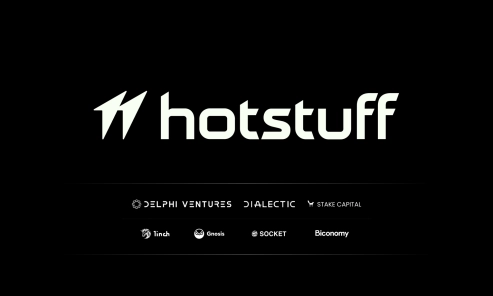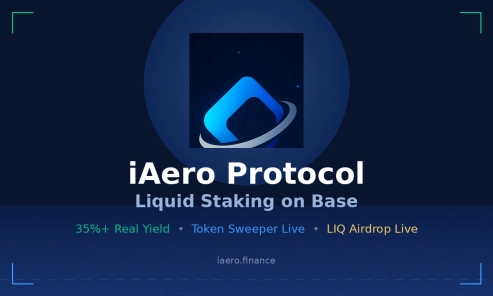Table of Contents
- Key Elements of Crypto Portfolio Management
- Asset Allocation and Investment Selection
- Trade Execution
- Monitoring and Performance Tracking
- Rebalancing and Diversification
- Clapp Portfolio Management: Structured Crypto Investing for Maximum Efficiency
- Real-Time Tracking and Actionable Insights
- Backtesting with Time Machine
- Smart Rebalancing
- Key Highlights of Clapp Portfolio Management
- Final Thoughts
- Frequently Asked Questions (FAQ)
- What is a crypto portfolio?
- Why is portfolio management important in crypto?
- What tools can I use to manage my crypto portfolio?
- What is rebalancing in crypto investing?
- How does Clapp help with crypto portfolio management?
- Is crypto portfolio management only for advanced investors?


















